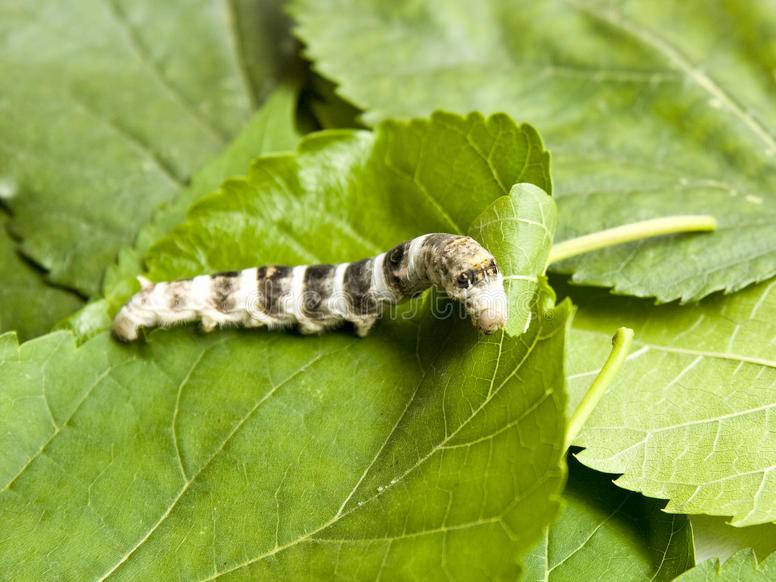Transgenic Silkworms Producing Thread Keratins
Hagfish thread keratin proteins are notable for their high strength and desirable mechanical properties. The fibers can be finer than spider silk with reported mechanical properties that are ten times that of nylon, and rival that of spider silk. USU researchers have developed a method of using a heterologous host to produce thread keratins in transgenic silkworms. This method of producing thread keratins would produce the most mimetic form of hagfish thread keratins yet reported and result in development of new, desirable biomaterials.
Problem
Hagfish thread keratins are unable to be harvested in situ.Consequently, heterologous hosts must be used for thread keratin production. Though reports of the thread keratins being expressed in heterologous hosts are few,E. coli has been used as such a host. Unfortunately, synthetic thread keratin production in E. coli is problematic for various reasons, stemming from the fact that the process is not mimetic to the process in which the keratins are naturally produced. First, the keratins are expressed and accumulate in the insoluble fraction, requiring difficult purification strategies. Additionally, once purified, the proteins must be folded and coiled back into their native coiled coil protein structure, which is difficult to reproduce synthetically. Finally, after protein folding, the thread keratins must be solubilized and subsequently spun into a fiber through a process called wet-spinning. Such steps are complicated and can result in undesired changes in the mechanical properties of the produced fiber.
Solution
USU researchers have proposed a method of producing thread keratins through use of transgenic silkworms as a heterologous host. Though not identical to the method through which hagfish create their thread keratins, silkworms offer a relatively biomimetic means of producing the proteins and spinning them into a fiber. Because of their unique cellular machinery, silkworms are already equipped to produce proteins, fold them into the correct conformation, and can spin produced proteins into a useful fiber. Thus, the silkworms are capable of both producing the thread keratins efficiently and producing a more refined product.This method eliminates the need to develop artificial processes for purifying, folding and spinning the proteins.
Benefits
Due to their promising mechanical properties and biodegradability, thread keratins have potential to be the next protein super fiber. Less unit operations are required to acquire thread keratins when produced by transgenic silkworms compared to E. coli. Additionally, elimination of difficult purification techniques provides potential for significant reduction in production costs.
Applications
This technology is already under examination for use in fouling propellers and disabling maritime vessels, use in hydrogels, use in protective gear, and use for airbags and car parts. It would prove beneficial in applications with strength, flexibility and weight constraints.

Contact
Questions about this technology including licensing availability can be directed to:
Christian S. Iverson, MBA
Executive Director, Technology Transfer Services
(435) 797-9620 christian.iverson@usu.edu
USU ID 19005, 17011
Development Stage
TRL 2
Patent
Issued U.S. Patent No. 11,089,767
Pending India Patent Application No. 201917040433
Pending China Patent Application No. 201880037718.4

